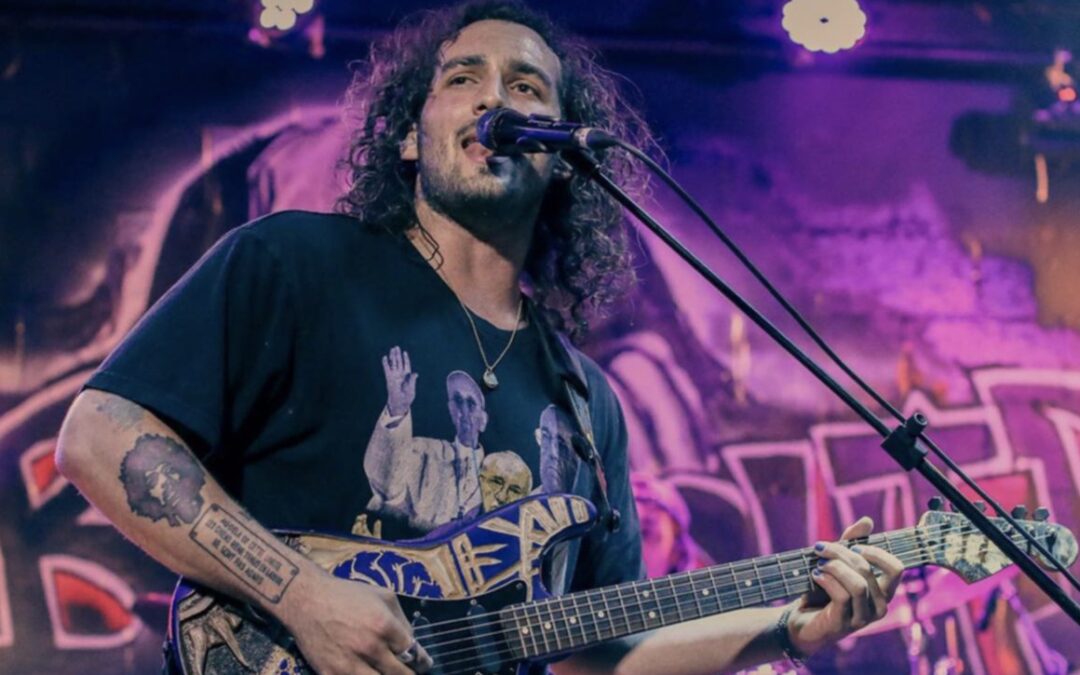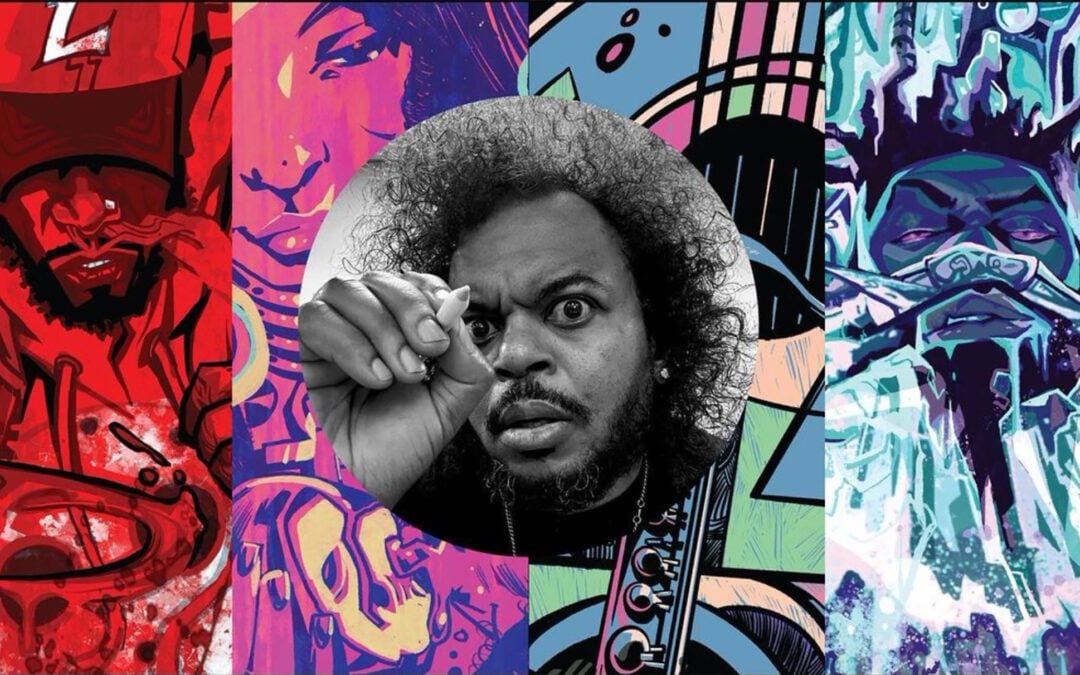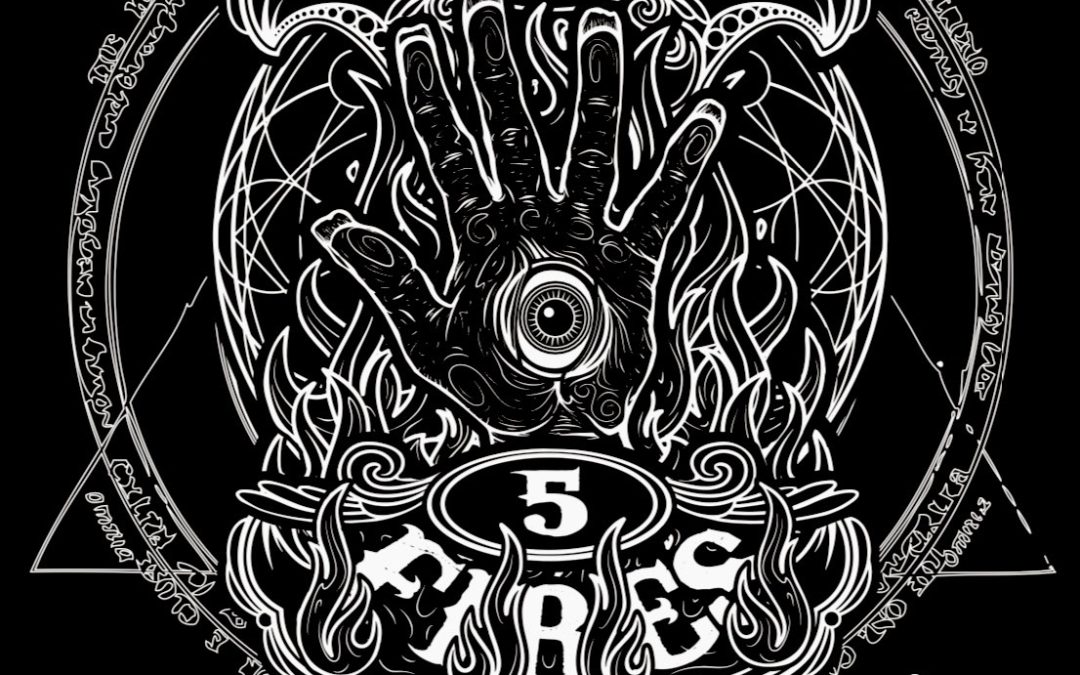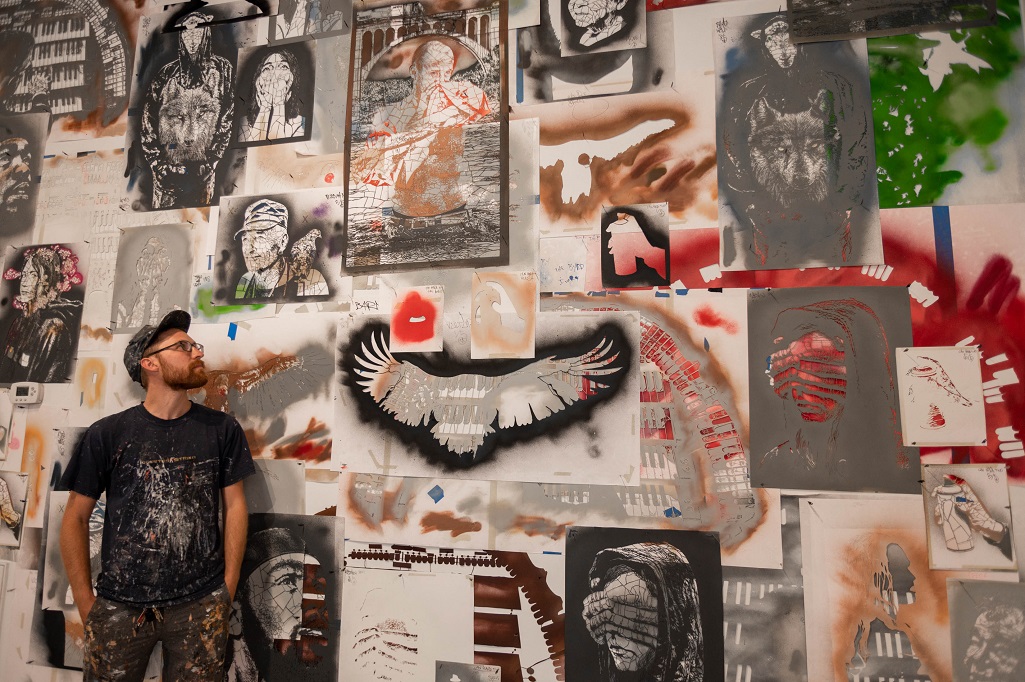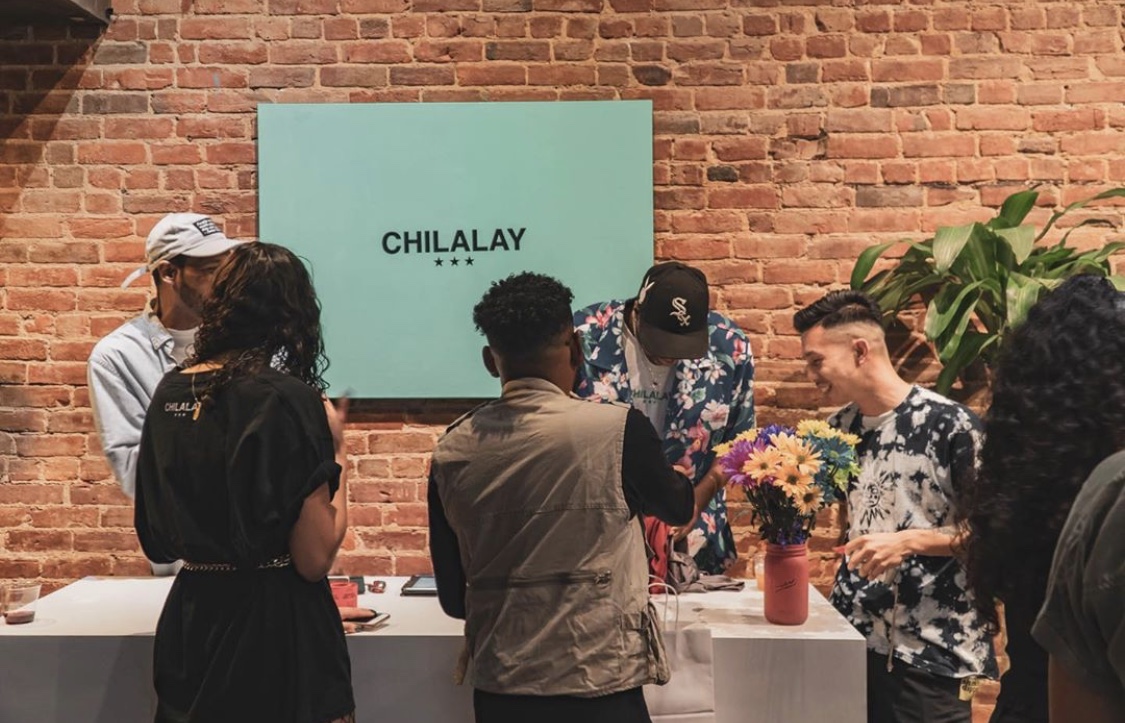Just because it's the slow season for live music doesn't mean YOU need to slow down. Sure most of the outside venues are calling it quits until the spring, but there are still plenty of places around town to catch some music every single night of the week if you so...
